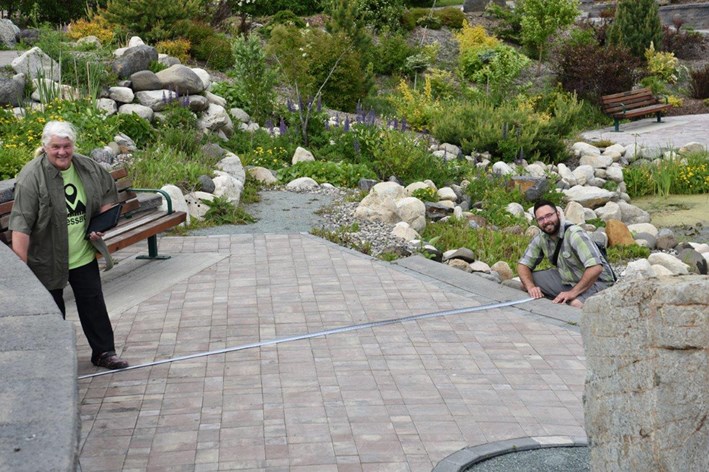UNBC professors, with support from a $24,000 federal grant, are researching how to make outdoor destinations more accessible for people with mobility challenges.
Spinal Cord Injury BC’s Access BC team, which includes Nancy Harris, is working with faculty members Mark Groulx, Shannon Freeman and Pamela Wright in their research to see more barrier-free destinations created in the province.
“We live in a province, and a country, that has some of the most magnificent natural environments,” Groulx, an associate professor in UNBC’s school of environmental planning, said. “The essence of this research really looks at whether or not all members of society have equitable access and opportunity to experience these amazing spaces.”
The larger project team includes UNBC grad student Jacob Cameron and Chris Lemieux from Wilfred Laurier University, Spinal Cord Injury BC, as well as numerous tourism and recreational partners that work with Access BC.
As part of the $24,000 research grant, visits were made to outdoor tourism and recreation sites around B.C. in conjunction with the ongoing work that Access BC already undertakes to collect data on accessibility needs.
“Access BC audits and measures where infrastructure, as well as environments, are accessible and where deficiencies might present barriers to those with mobility or visual limitations,” Freeman, an associate professor in UNBC's School of Nursing, said.
“As researchers, we are trying to use our tools to help further improve their processes and efficiencies and hopefully help build capacity for them so that they can do more of the great work that they do.”
Audits consider a wide variety of potential barriers to accessibility that may exist at sites, such as the widths of paths, slopes of trails, gaps between grates and heights of washroom sinks and toilets.
Even getting to a washroom can present a challenge. Often at outdoor sites, washrooms are tucked away and access is either up a slope or down a slope, which makes it a challenge or an impossibility for people with mobility issues to gain access.
“We have to think about equity all the way through the experience a visitor might have, from the early stages of deciding what they want out of a trip to when they actually arrive and use things like pathways, buildings, washrooms, shorelines, docks and other infrastructure,” Wright, an associate professor in UNBC's outdoor recreation and tourism management program, said.
“Access BC also looks at ensuring that specific site information is easily found online and is accessible, so that even before a trip, visitors can determine if an environment will meet their needs.”
The research work has led to the development of a new digital tool that will help Access BC streamline the collection of data for reports to be shared with recreational, municipal and tourism stakeholders as part of ongoing discussions around accessibility and potential planning for space upgrades.
“Participation in outdoor recreation is and has always been a high priority for Spinal Cord Injury BC’s members, which is why our Access BC initiative is focusing its efforts on enhancing the accessibility of outdoor recreation spaces, particularly in the communities and parks of north central British Columbia," Chris McBride, executive director of Spinal Cord Injury BC, said.
“These efforts have been critically bolstered by our research partners at UNBC, who bring unique content expertise, skills and insights to the initiative. The new tools, evidence, and content developed through this partnership are serving to expedite our collective work to enhance access and inclusion of park spaces for all.”
Groulx said the key is taking more direction from people whose needs should be met.
"If we’re looking to have positive impact through our research, then this kind of collaboration seems to be a really worthwhile process in terms of time, effort and funding investment,” Groulx said.



